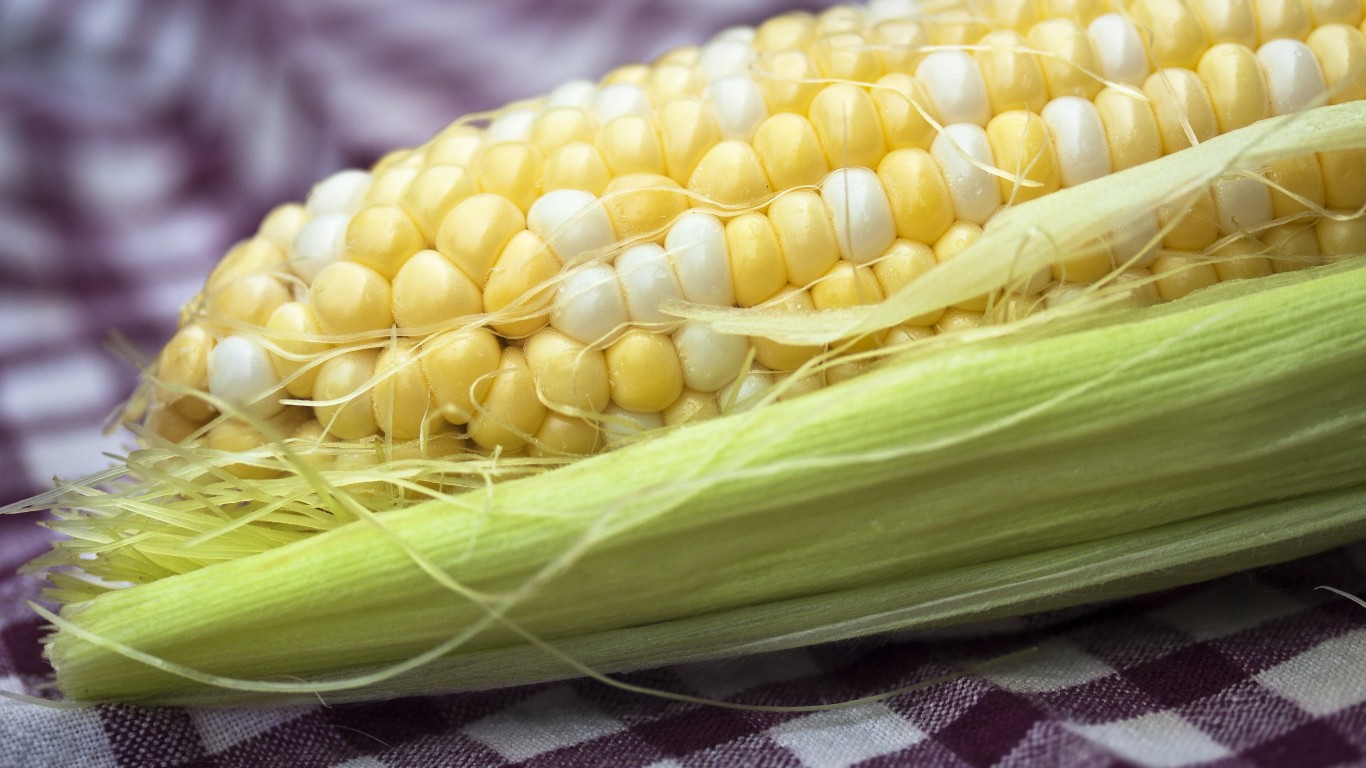
Staying at home in the face of the novel coronavirus pandemic, whether we’re under quarantine or simply because we’re sheltering in place, we have plenty to worry about — avoiding the coronavirus, most of all, of course. Another very real concern, though, now that casual (unprotected) trips to the grocery store and meals out in restaurants are off the table, is feeding ourselves.
Whether we’re suiting up with masks and gloves and braving the supermarket in person or having food delivered, it makes sense to minimize contact with those who supply us with our groceries. Part of what that means is that not wasting food once we have it is more important than ever. This involves shopping wisely to begin with. We should all know how to buy food for a 14-day quarantine and how not to.
It’s also a matter, though, of knowing how to store food so that it doesn’t go bad before we can eat it. Pantry staples are easy, because they tend to have long shelf lives, and all we need to do is put them away in the cupboard. And everybody knows that such perishables as dairy products, seafood, and meat need to be refrigerated (or frozen right away, when appropriate) unless we’re going to eat them immediately.
But what about all the fresh, colorful, healthy produce — the fruits and vegetables that should be part of everyone’s daily diet? Should they stay out on the counter or go into the fridge? Should they be stored in plastic or paper bags or neither? How will they ripen fastest and/or retain the most flavor? How can we stave off spoilage — an important consideration because some foods spoil faster than you’d think.
24/7 Tempo has collected advice from a variety of knowledgeable sources on how to best store 20 kinds of fruit and vegetables.
Click here to learn, amid a pandemic, how to properly store your produce.
Some general rules apply to many kinds of produce. For instance, when you bring vegetables home from the supermarket, remove any rubber bands or twist-ties, as these can scar the vegetables and give bacteria a convenient point of entry. In addition, if you store fruit or vegetables in a bag, whether paper or plastic, poke some holes in it to let the produce “breathe.”
Another good thing to remember is that you shouldn’t store fruit in the same bag as vegetables, or even too close to one another. Many kinds of fruit — including apricots, peaches, bananas, melons, kiwi fruit, and tomatoes (yes, they’re a fruit) — emit ethylene gas, which helps them ripen. A number of vegetables, from asparagus to squash, are adversely affected by that gas, and can spoil quickly in its presence.
Beyond these overall considerations, here are some specific recommendations.
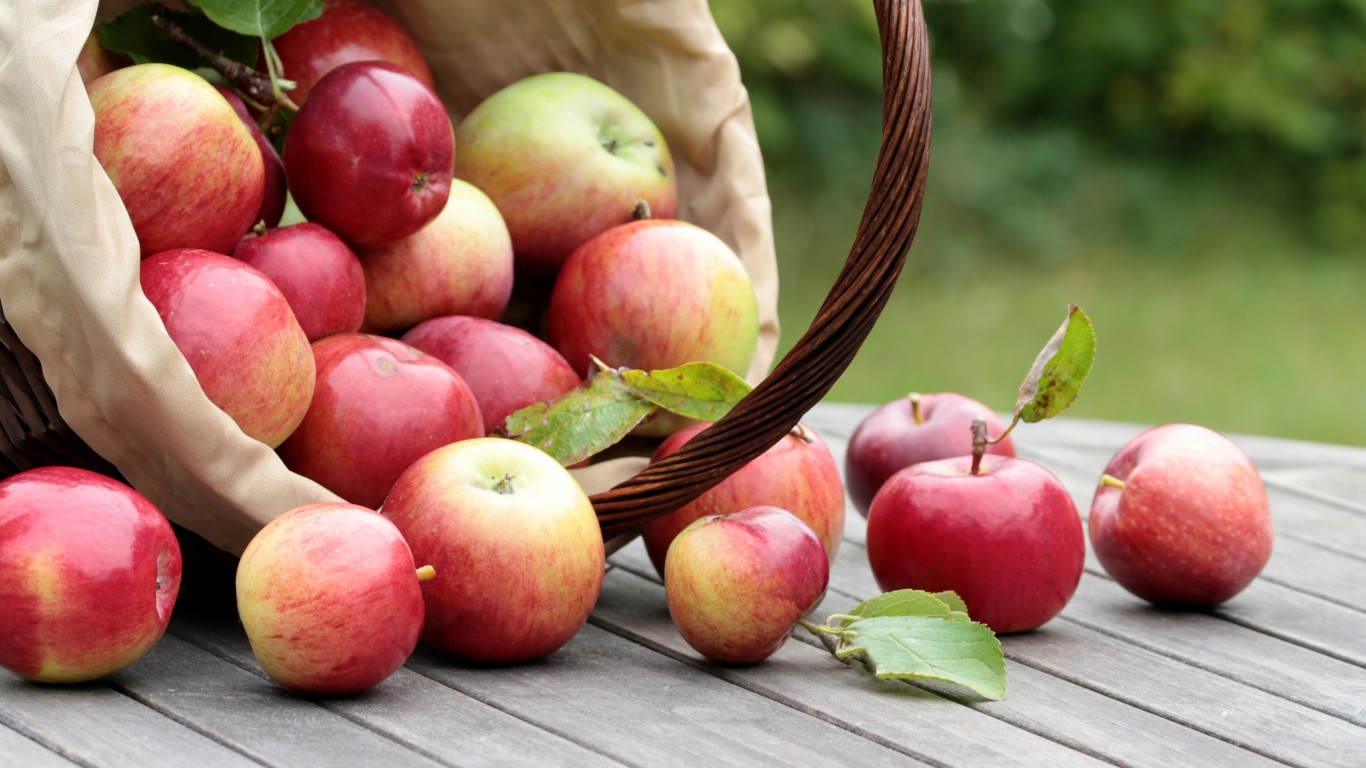
1. Apples
Apples might look pretty, all shiny and bright, heaped in a bowl on the counter, but if it’s longevity you’re after, it’s better to store them in the refrigerator, in the crisper drawer, with a damp paper towel over them. A colder refrigerator is better. According to some sources, the fruit’s lifespan shrinks for every ten degrees above 30ºF; it has also been said that apples soften 10 times faster at room temperature than when refrigerated.
[in-text-ad]
2. Arugula
If you buy this bitterish salad green in a plastic clamshell or sealed bag, just refrigerate it. Note the use-by date on the package, however, and discard the arugula if it gets too old. Bacteria can develop on the leaves even if they still look healthy. If you buy it unbagged, either loose or tied in bunches, trim the root ends, then wrap it in a damp paper towel and put it into a vented paper or plastic bag.

3. Asparagus
Keeping the spears fresh and crisp is easy: Just trim the ends slightly, then stand the asparagus upright in a jar or glass half-filled with water, fit a plastic bag loosely over the tops of the spears, and refrigerate them.

4. Beets
Cut the greens off the beets, then store both parts in separate vented bags in the refrigerator. (Beet greens may be cooked like Swiss chard or kale; younger, tender leaves can be tossed in salads.)
[in-text-ad-2]
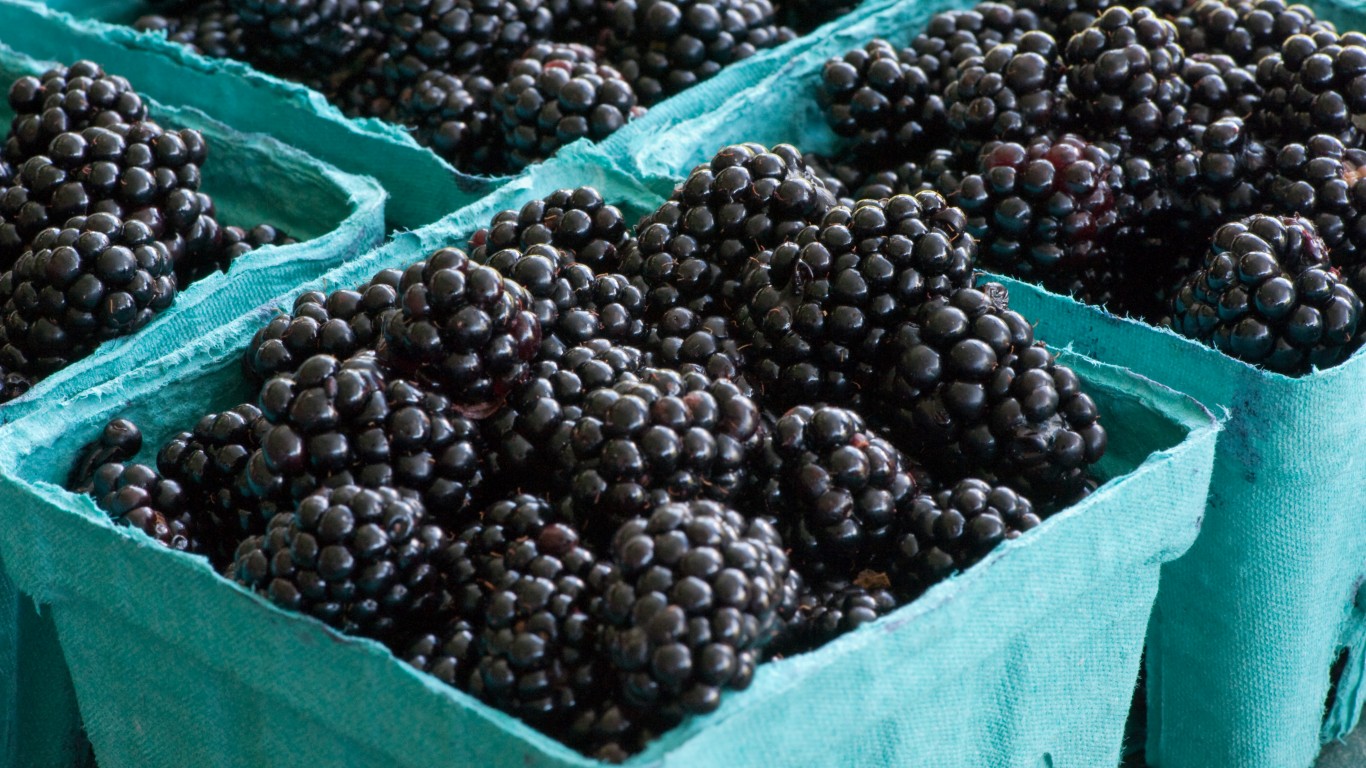
5. Blackberries
Summer berries are delicate and tend to grow moldy quickly. Some experts counsel washing them in a vinegar bath (three parts water to one part vinegar), then spinning them dry in a salad spinner and storing them in a partly opened container lined with paper towels. An easier plan for blackberries and other varieties is to pick out and discard any berries that look damaged or are beginning to mold, wash the good ones gently, spread them out in a single layer on a plate or platter lined with paper towels, then refrigerate them.
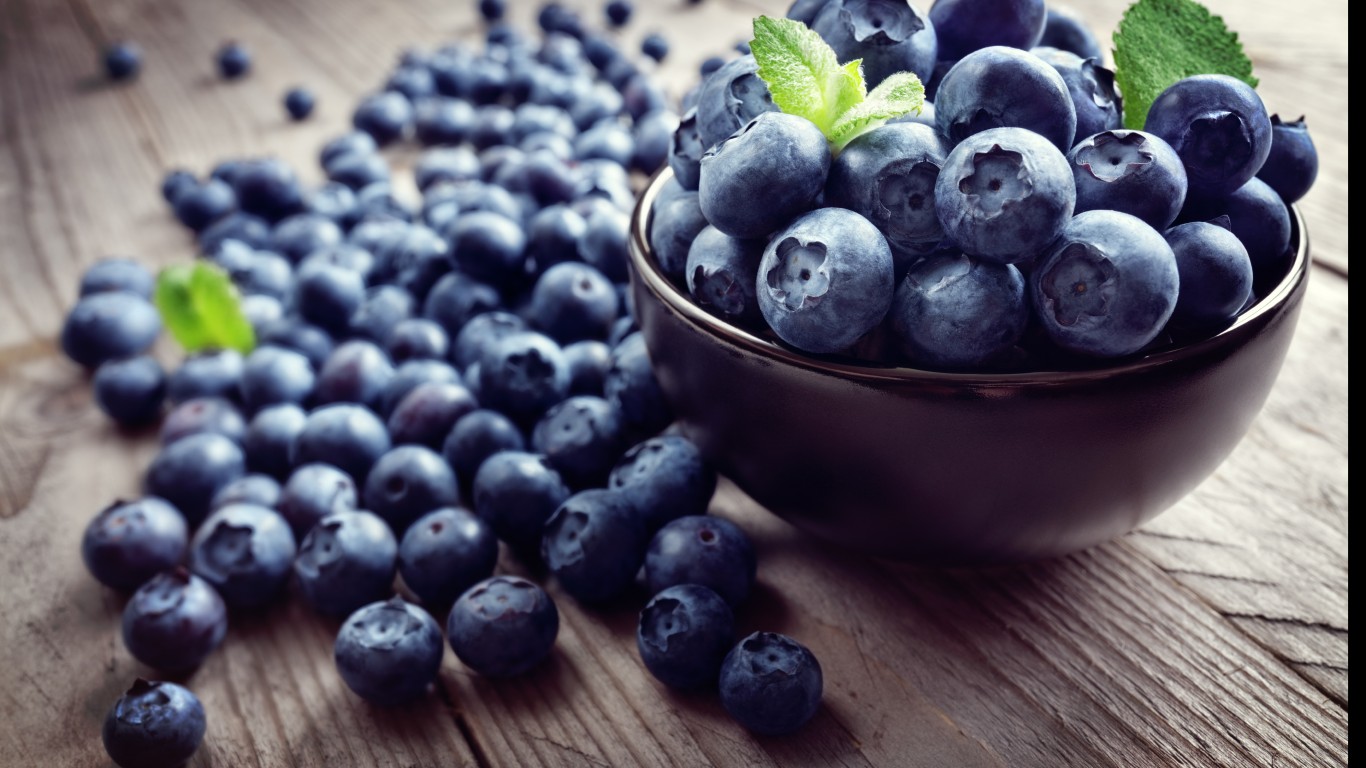
6. Blueberries
Blueberries are hardier than blackberries or raspberries, but should still be washed gently, with any crushed or moldy ones discarded. They’re not porous like blackberries and raspberries, so don’t need to be spread out in a single layer to avoid spoilage. Instead, dry them thoroughly and store them in a vented plastic bag.
[in-text-ad]
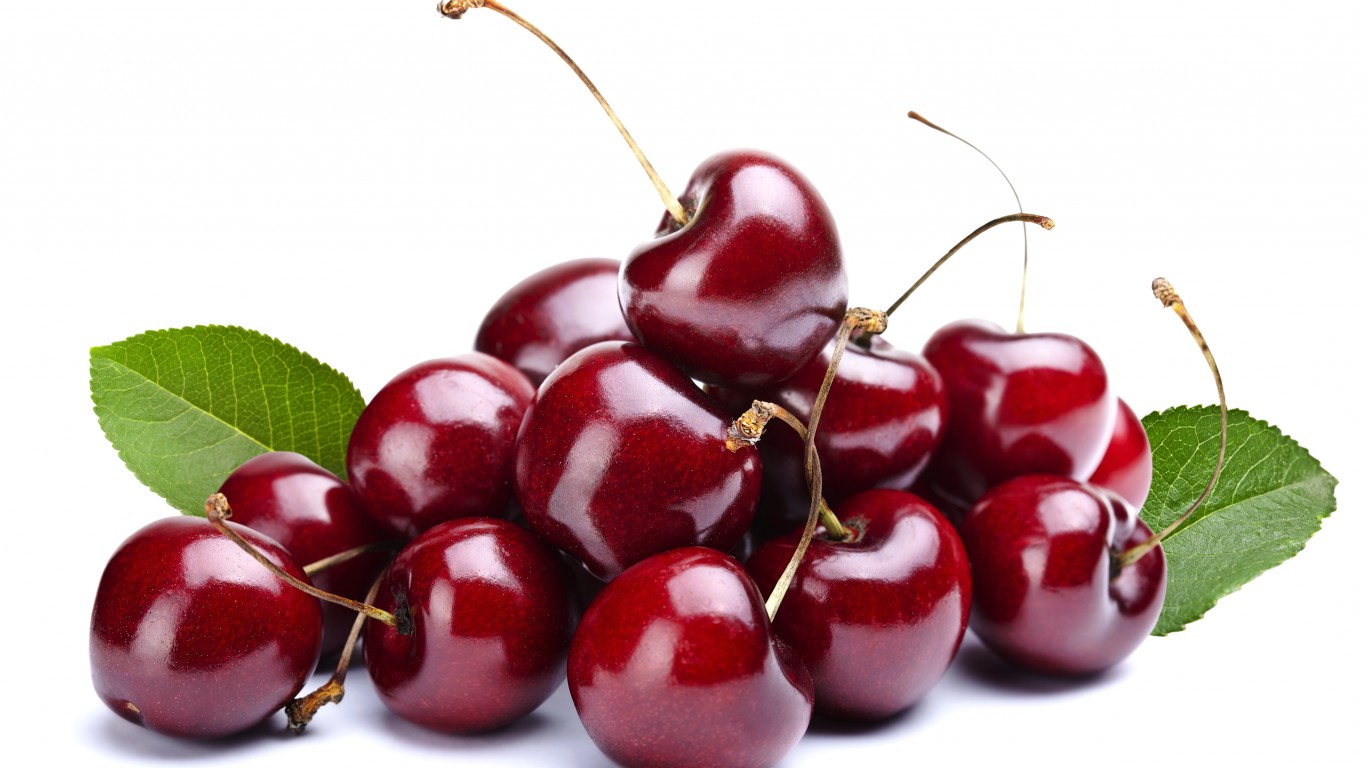
7. Cherries
Resist the urge to wash cherries when you first bring them home; it might cause them to split or to spoil too fast. Instead, store them in the refrigerator in an uncovered bowl or a paper or plastic bag left open at the top. Wash them just before eating.
8. Corn
The best way to deal with fresh corn is to eat it as soon as possible. Its sweetness starts to dissipate the moment it’s harvested, so the longer you wait to eat it, the less enjoyable it will be. If you have to store it, simply refrigerate it, unshucked.
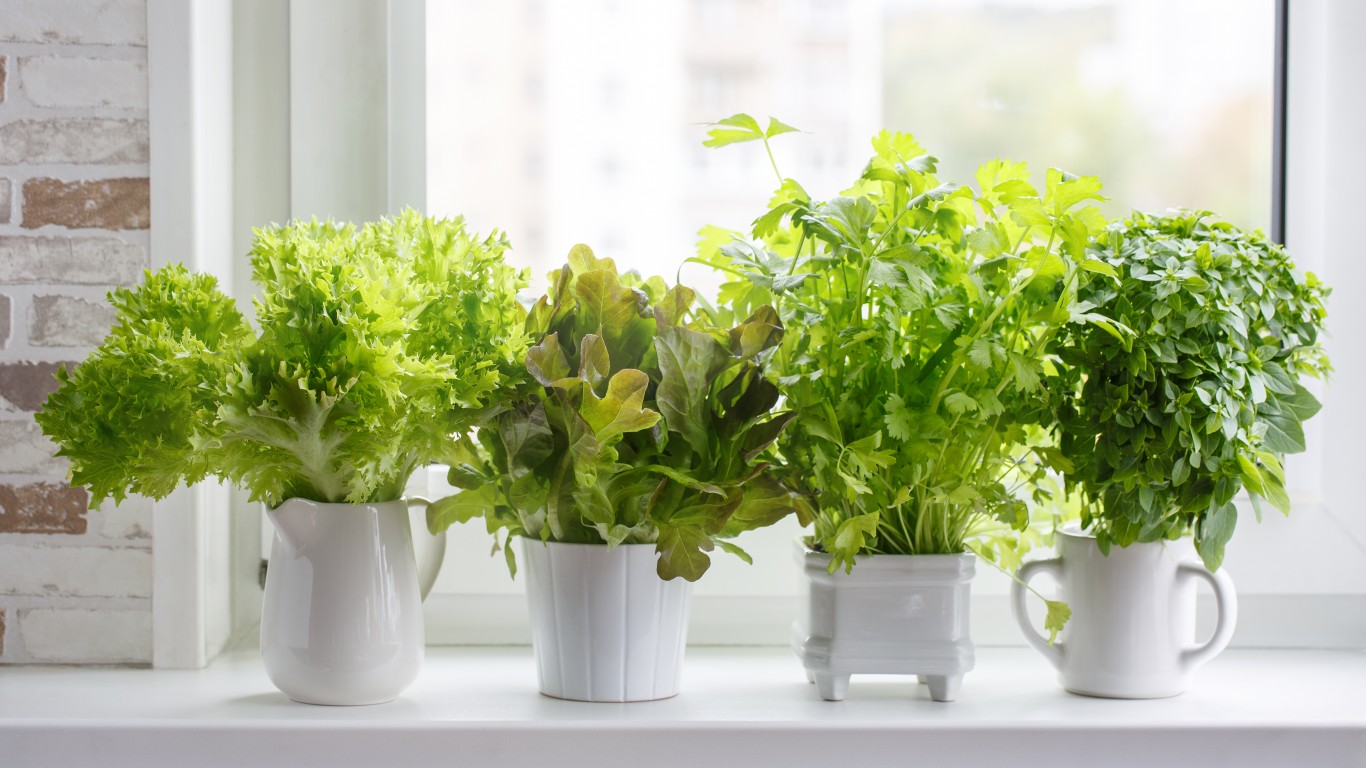
9. Leafy herbs
Leafy herbs like basil, cilantro, mint, and parsley should be treated like flowers. Trim their root ends, then put them in jars of cool water and set them aside at room temperature and use them as soon as possible.
[in-text-ad-2]

10. Leeks
Leeks are hardy vegetables and can simply be stored in the refrigerator crisper drawer. Be sure to wash the dirt they tend to accumulate out of the green leaves before cooking them.
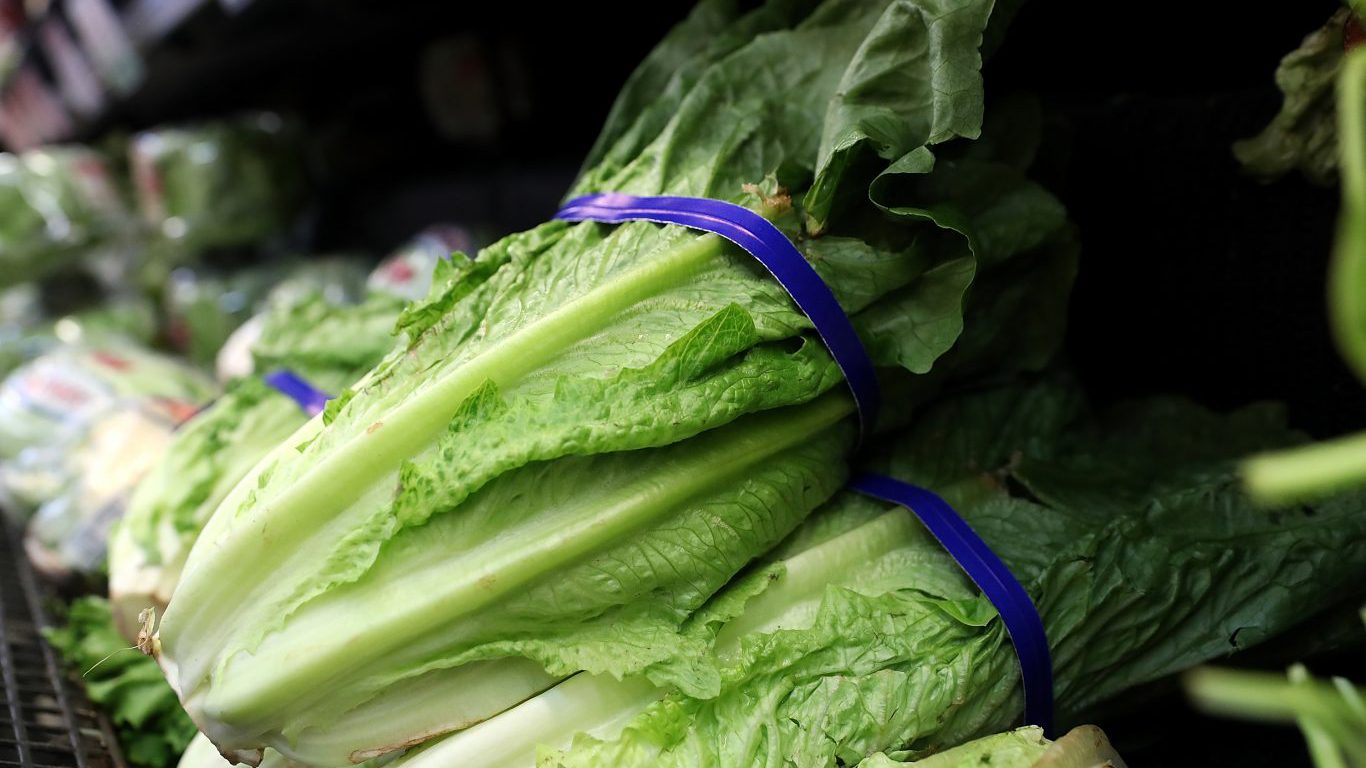
11. Lettuce
If you buy lettuce leaves in a clamshell or sealed bag, just refrigerate it — but consume it by the use-by date on the package, as bacteria can develop even when the leaves still look healthy. Heads of leaf lettuce and loose assortments of leaves (like mesclun mixes from the farmers market)) should be washed and dried very thoroughly, then stored in the refrigerator in a vented paper bag with a piece or two of paper towel. Head lettuce, like iceberg, can simply be refrigerated in the crisper drawer.
[in-text-ad]
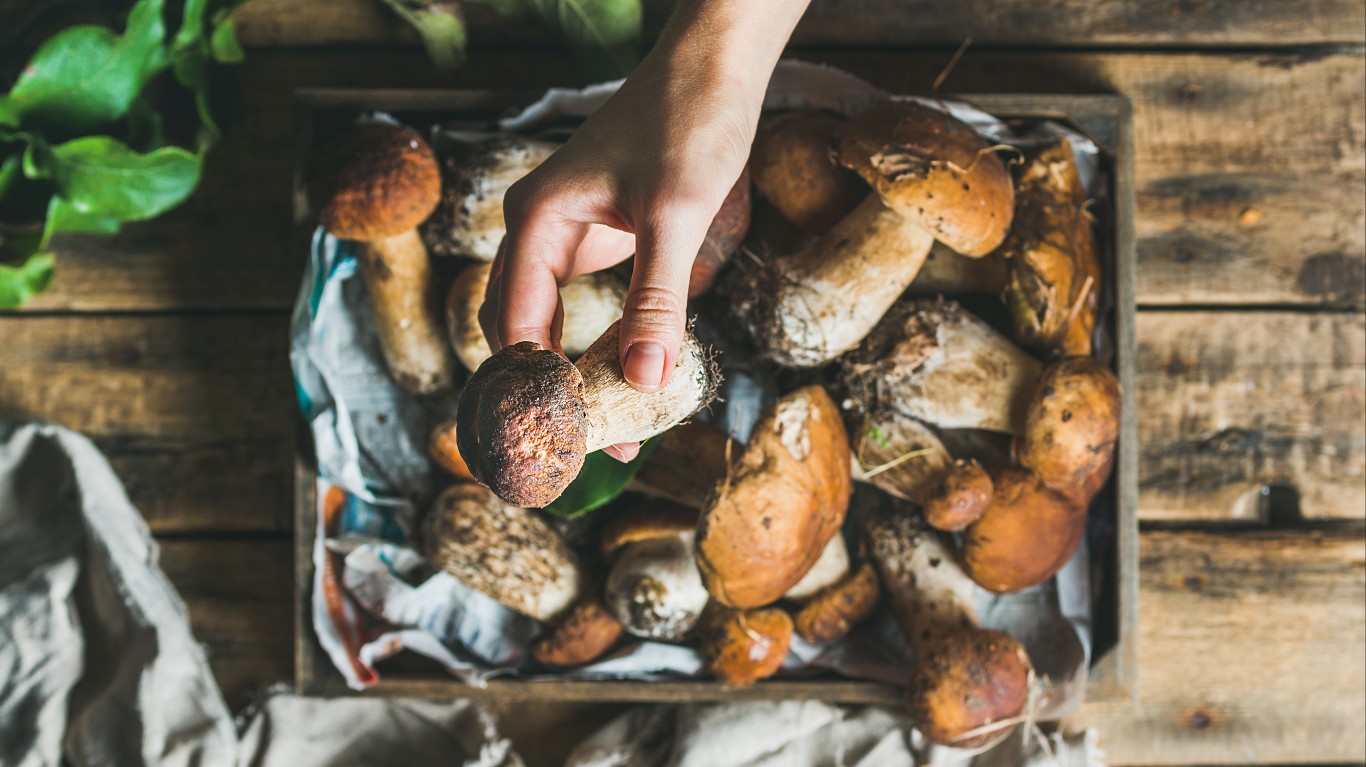
12. Mushrooms
Mushrooms sold in plastic-wrapped cartons can simply be refrigerated as is, and lightly washed or wiped off with a damp paper towel just before using. Loose mushrooms, especially wild varieties, are best stored in vented paper bags in the crisper drawer, and also lightly washed pre-use.

13. Peaches
If your peaches are ripe, refrigerate them in an uncovered bowl. To ripen them, put them into a closed paper bag for a few days at room temperature, then refrigerate them in a bowl, uncovered, when they’ve ripened.

14. Peas
If you buy sugar snaps, snow peas, or shucked English peas in bags, simply store them in the refrigerator until you’re ready to cook them. Unshucked English peas or sugar snaps or snow peas you buy loose should be refrigerated in a vented paper or plastic bags.
[in-text-ad-2]

15. Pears
Treat pears like peaches: If they need to ripen, close them inside a paper bag and let them sit for a few days at room temperature, then refrigerated in an uncovered bowl.
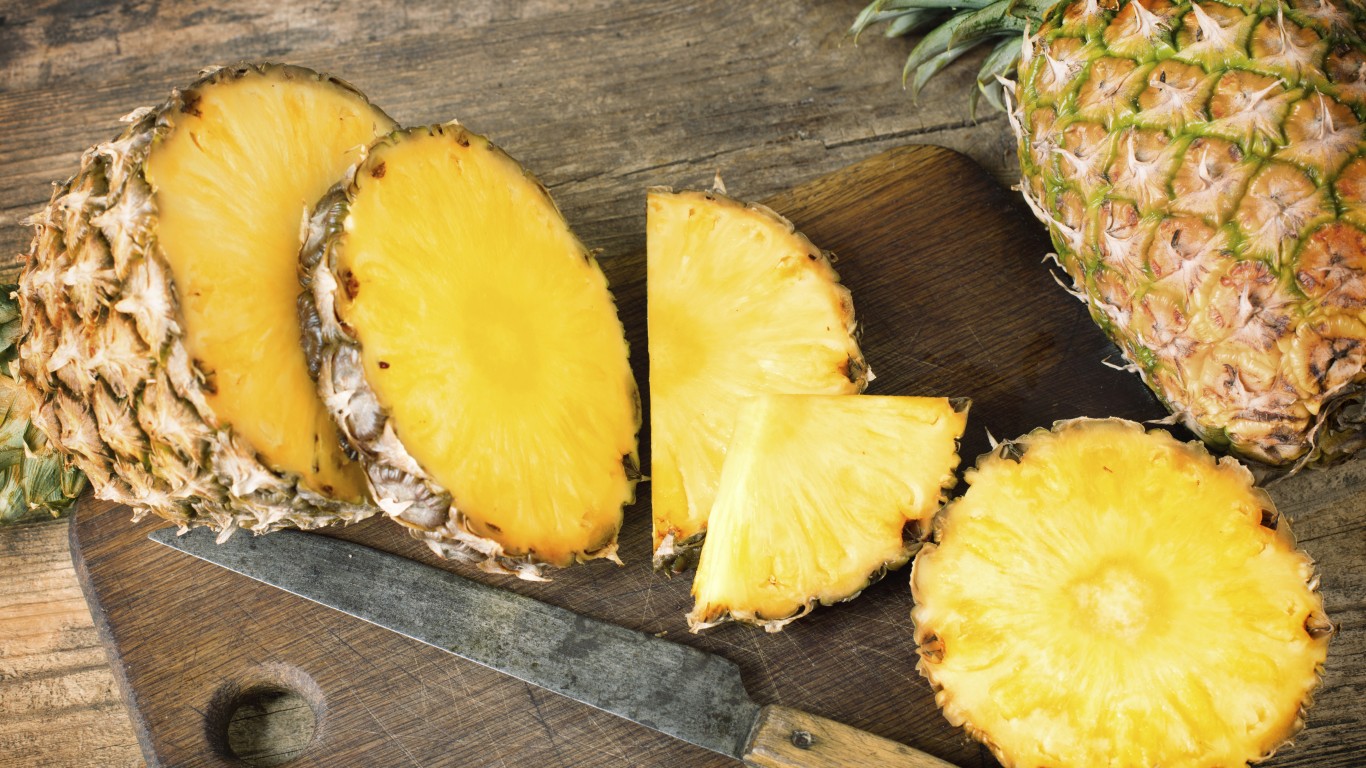
16. Pineapple
To distribute the sweetness evenly in the fruit, trim the green top off the pineapple without exposing any yellow flesh, then turn it upside down in a pot or bowl and let it sit on the counter for a couple of days. Then, turned right-side-up, it will keep for a few days at room temperature.
[in-text-ad]

17. Raspberries
These are the most fragile of summer berries, so wash them gently, discarding any squashed or moldy ones, then spread them out in a single layer on a plate lined with paper towels and refrigerate them.

18. Spinach
If it’s packaged in a clamshell or sealed bag, simply refrigerate it — but pay attention to the use-by date, as leaves might develop bacteria even if they look fine. Wrap unpackaged spinach leaves loosely in a damp paper towel and keep them in the crisper drawer.
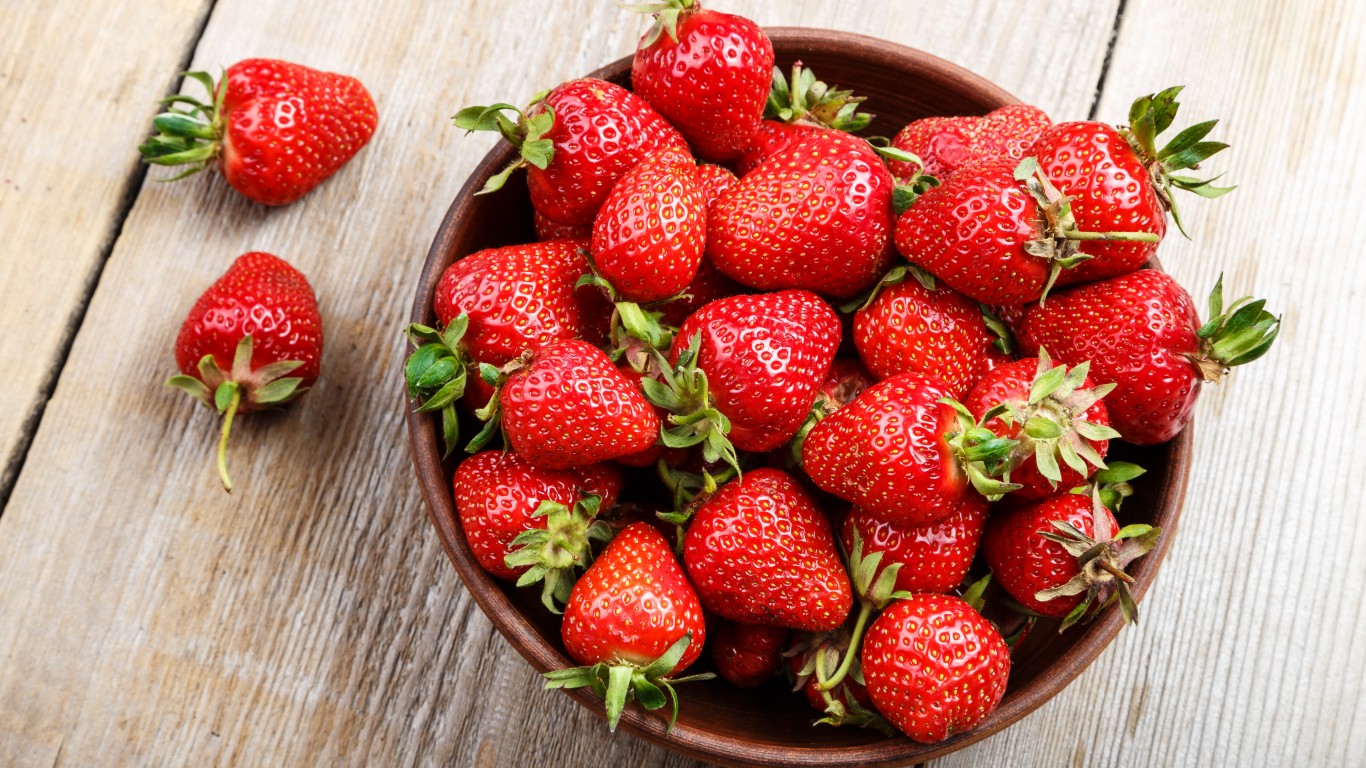
19. Strawberries
Strawberries should be stored in vented plastic bags in the refrigerator, unwashed, and then gently but thoroughly rinsed (they tend to have high concentrations of pesticide residue) before eating.
[in-text-ad-2]
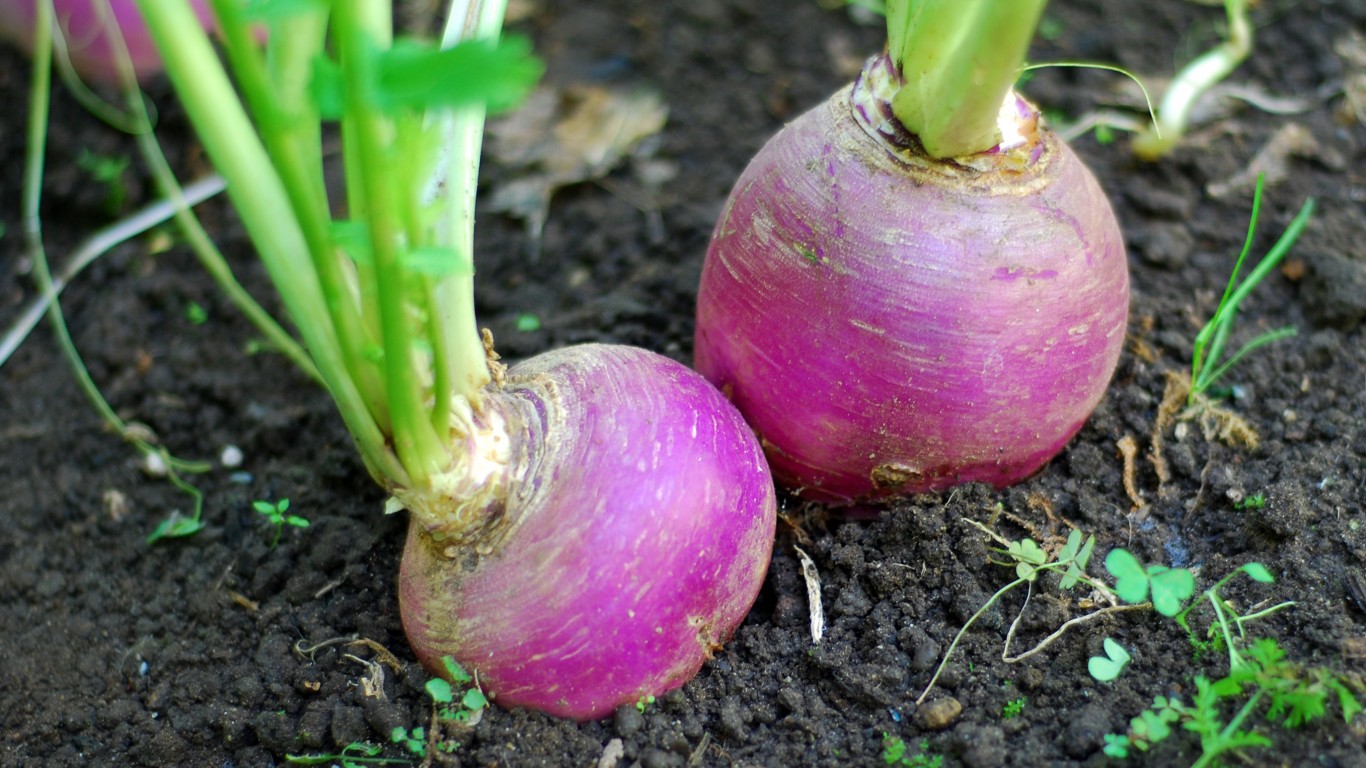
20. Turnips
Treat turnips like their fellow root vegetable, beets. Cut off the greens, then store both them and the turnips themselves in separate vented bags in the refrigerator. (Cook the greens as you would kale. They’re equally nutritious, and actually higher in fiber, protein, and calcium.)
Get Ready To Retire (Sponsored)
Start by taking a quick retirement quiz from SmartAsset that will match you with up to 3 financial advisors that serve your area and beyond in 5 minutes, or less.
Each advisor has been vetted by SmartAsset and is held to a fiduciary standard to act in your best interests.
Here’s how it works:
1. Answer SmartAsset advisor match quiz
2. Review your pre-screened matches at your leisure. Check out the advisors’ profiles.
3. Speak with advisors at no cost to you. Have an introductory call on the phone or introduction in person and choose whom to work with in the future
Get started right here.
Thank you for reading! Have some feedback for us?
Contact the 24/7 Wall St. editorial team.

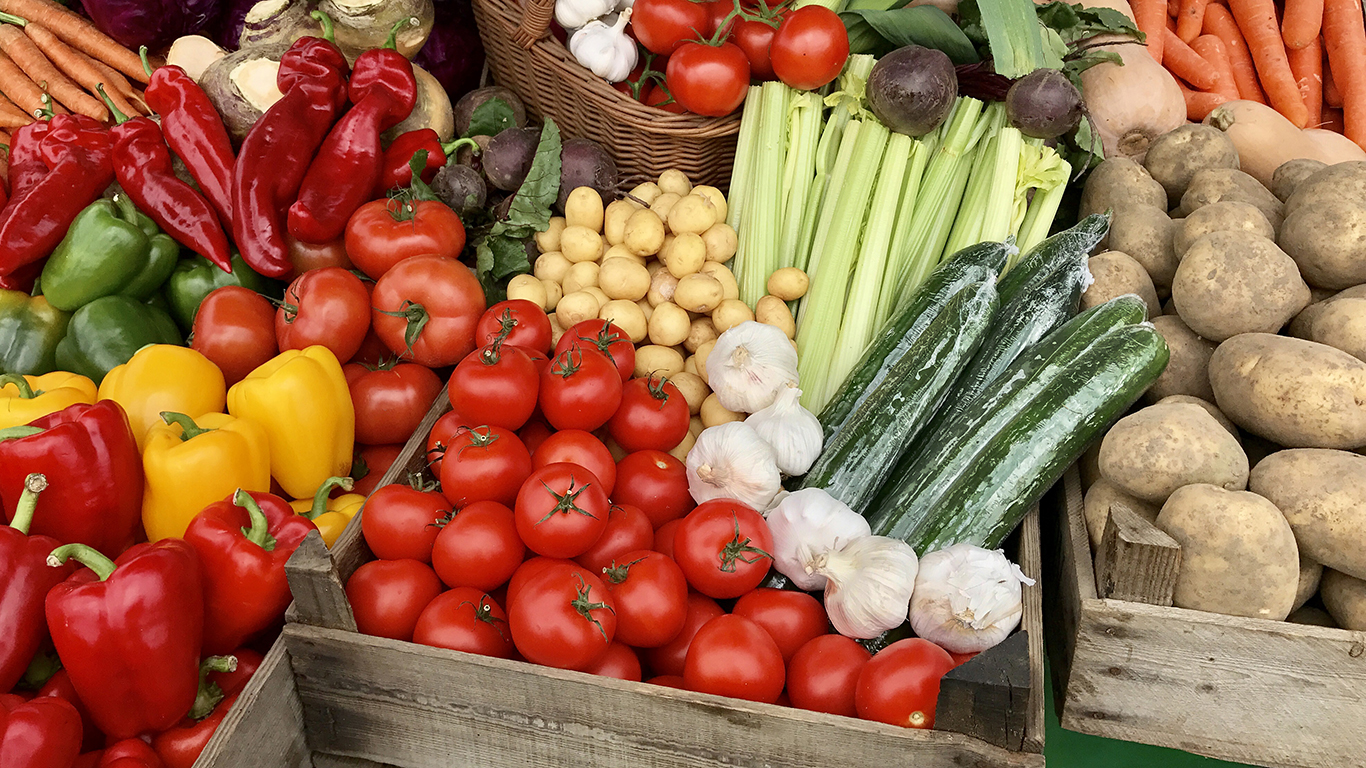 24/7 Wall St.
24/7 Wall St.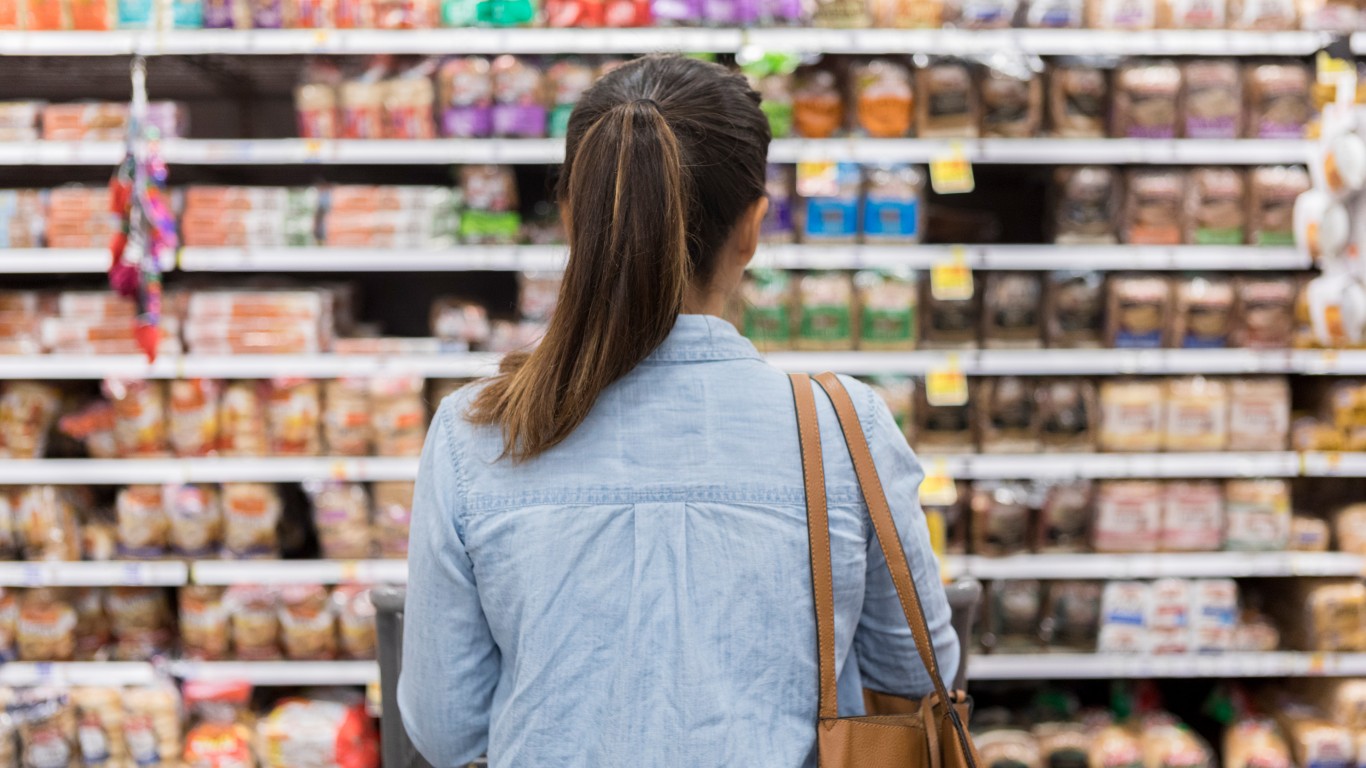 24/7 Wall St.
24/7 Wall St.